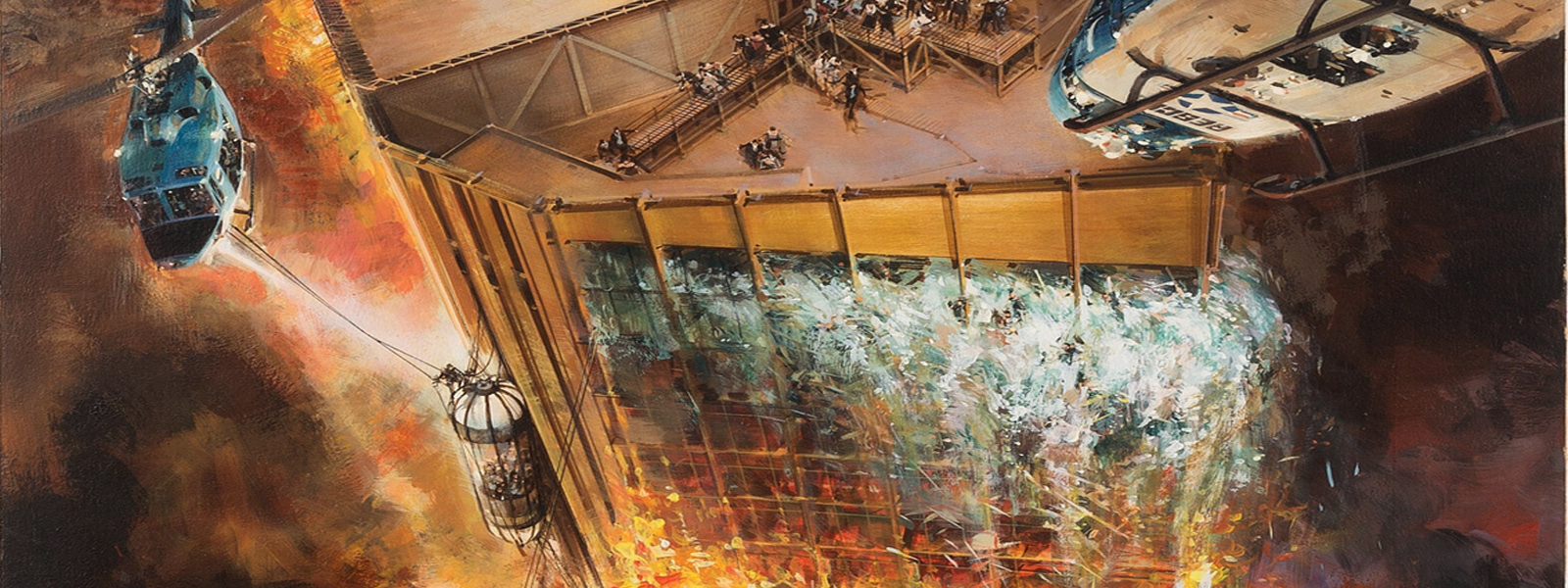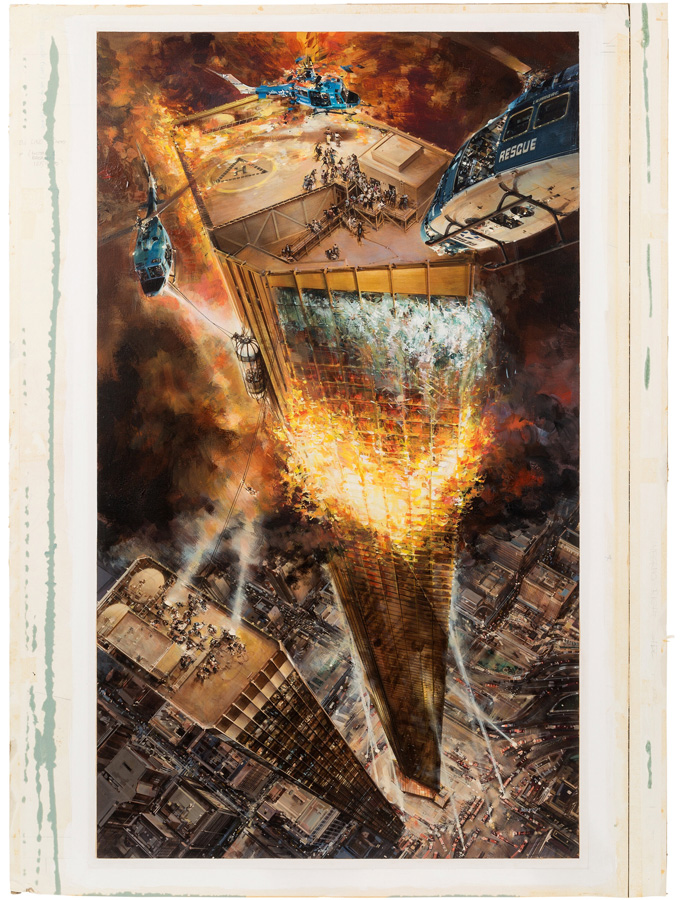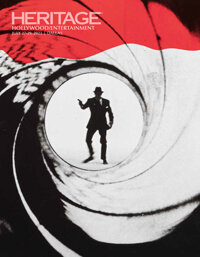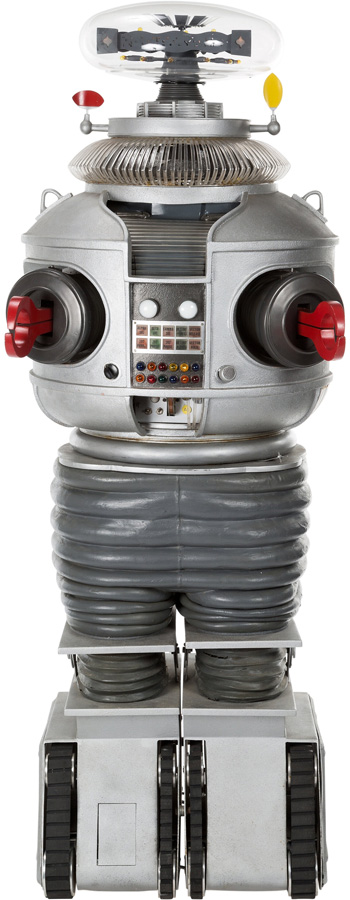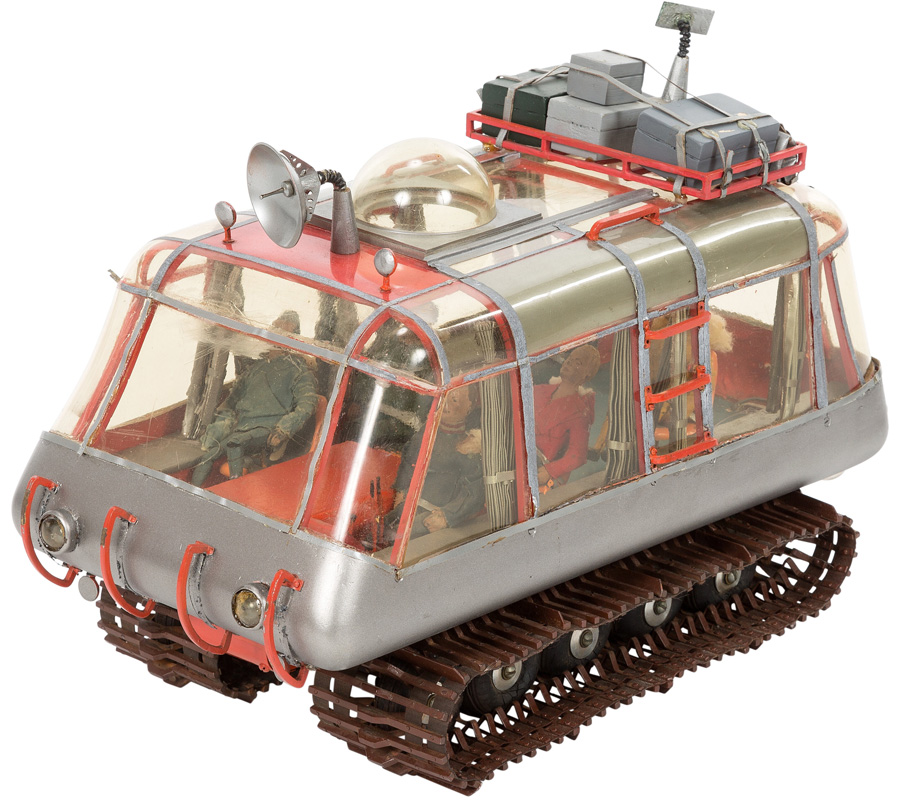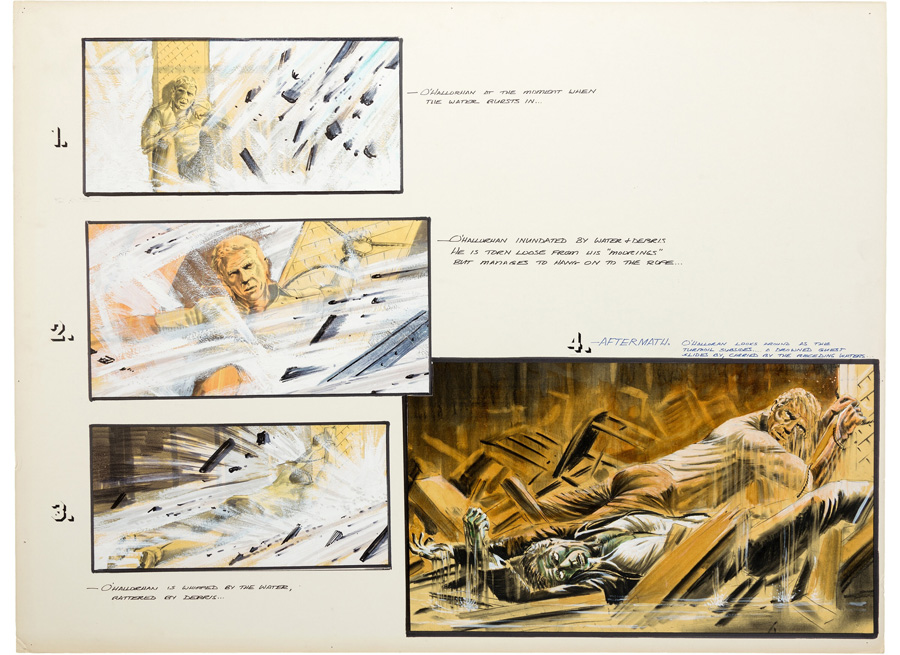THE PRODUCER-DIRECTOR BEHIND ‘THE TOWERING INFERNO’ AND ‘THE POSEIDON ADVENTURE’ NEVER MET A CATASTROPHE HE DIDN’T LIKE
By Christina Rees
Since the inception of moving pictures, smart filmmakers have catered to the very human desire for spectacle and adventure, for stories of challenges faced and surmounted. We watch and we learn. Historically, action and adventure narratives – a massive market that can include everything from road-trippers to swashbucklers to superheroes to wartime stories – are the highest-grossing films. The top 10 most successful movies – a list that includes Titanic, Avatar, Avengers: Endgame and Jurassic World – are all adventure tales.
A particularly bracing sub-genre of action-adventure is the ever-seductive disaster movie. We do want to know how to respond to sudden catastrophe; we want to know how our fellow travelers help or hinder effort; we want to know the tips and tricks for survival. We watch screen disasters because we are determined to not perish in a real one. But mostly we watch because cinematic disaster is pure spectacle and produces some of the most memorable scenes in screen history.
Movie and TV buffs will remind you that Titanic, and all other contemporary disaster flicks and streaming shows, rest on a foundation of the great disaster-movie trend of the 1970s, which belonged to producer-director Irwin Allen, aka The Master of Disaster. Allen’s 1972 blockbuster The Poseidon Adventure set the stage, so to speak, for our understanding of pleasure-cruise calamity. The Poseidon Adventure was a massive blockbuster in its day, and countless viewers of 1997’s Titanic had, 25 years earlier, watched Gene Hackman, playing an unconventional preacher, lead a ragtag crew of survivors out of an inverted and flooding formal dining room and through a ravaged ship to safety. So we already knew some of the horror that happens when a luxury liner goes down. The dining room scene in The Poseidon Adventure, a movie now considered a classic, is even by today’s standards protracted and brutal. Allen was the movie’s producer, but that sequence he directed as well, as he did with many action scenes in his output.
His other big-screen hits that decade: The Towering Inferno, The Swarm and Beyond the Poseidon Adventure. The decade before, the prolific Allen was pure adventure pusher, introducing television audiences to Voyage to the Bottom of the Sea (1964-’68), Lost in Space (1965-’68), The Time Tunnel (1966-’67) and Land of the Giants (1968-’70), among others.
On July 29, Allen’s fans and followers will celebrate the first event to bring the Disaster Master’s archive to the public, and it is a doozy. Heritage Auctions’ The Irwin Allen Collection is made up of more than 200 items from Allen’s legacy, including significant props, models, concept art and costumes – and some of the most detailed and gorgeous storyboards to come out of Hollywood.
THE IRWIN ALLEN COLLECTION HOLLYWOOD & ENTERTAINMENT SIGNATURE® AUCTION 7351
July 29, 2023
Online: HA.com/7351
INQUIRIES
Joe Maddalena
214.409.1511
JM@HA.com
There is also one very special robot.
“Almost none of this has ever been seen by anyone,” says Ron Hamill, associate producer of the 1995 documentary The Fantasy Worlds of Irwin Allen. A lifetime fan of Allen’s, Hamill stepped in following Allen’s death in 1991 to help gather and organize the producer’s material legacy, which was spread across his production studios and homes. Hamill also helped build a robot famous in the world of Allen devotees: The “Fantasy Worlds Robot,” included in this event, is a near-perfect replica of the familiar and beloved Lost in Space robot and did some heavy lifting for Allen for years on screen and at special events.
“From 1994 to 2015 a lot of people called me the ‘robot wrangler,’” Hamill says. “I was on the road displaying the Fantasy Worlds Robot at Comic-Con, broadcast TV and cable conventions, department store openings, Good Morning America and The Tonight Show with Jay Leno. Over the years, I continued to manage the robot and all the treasures in the Irwin Allen Collection.”
Some pieces in the collection surprised the Allen archivist: “The storyboards are incredible,” Hamill says. “It’s all the detail. They show exactly what happens on screen, and of course this was all before CGI. And the concept art is fantastic, starting with The Big Circus.”
Allen had already produced and directed for RKO and others, but his The Big Circus for Warner Bros. in 1959 ushered him into his early prime. Soon after, he directed three films for 20th Century Fox: The Lost World (1960), from the novel by Arthur Conan Doyle; Voyage to the Bottom of the Sea (1961); and Five Weeks in a Balloon (1962). Heritage’s July 29 auction offers storyboard and concept art for all of the above, and the works are as special as Hamill describes.
It’s clear that from the get-go Allen was a visual obsessive, filling his head, and then his filmed scenes, with lavish abundance. The Heritage event is packed with comprehensive collections of concept art and storyboards from Allen; his Voyage to the Bottom of the Sea, a television hit, was prepped with artwork so gorgeous that it’s a blessing it has surfaced. In fact, the storyboards and concept art for that early Circus are an excellent introduction to Allen’s visual prowess; they are dense and lyrical evocations of the ambitious outing, rendered in crayon, tempera and gouache. Allen employed a number of talented artists, and every frame, every picture, is an artwork in itself.
Not all the lots in the auction are in two dimensions. Allen’s Lost in Space may be his most enduring television legacy, and this vintage original all-terrain Chariot miniature used in the series is one of the most familiar and groundbreaking vehicles in sci-fi entertainment history. Expertly assembled, painted, detailed and finished to appear as the show’s full-sized extraterrestrial all-terrain vehicle, it carries models of the full family Robinson and was used in distance shots.
And speaking of utterly iconic, Heritage is indeed offering the abovementioned Lost in Space robot replica: In the early ’90s, Allen documentarian Kevin Burns, who owned the original hero B-9 robot from the series, needed a robot for the Allen-focused TV projects he was producing, and he commissioned Academy Award-nominated visual effects model builder Greg Jein to do the job, with a few refinements performed by Hamill. Bob May, the original actor inside the Lost in Space B-9, revisited his role as the “guy in the suit” on shows like Studs, The Fantasy Worlds of Irwin Allen, Lost in Space Forever and The Tonight Show, among many others. The Fantasy Worlds Robot features a few hidden gems that have never been shared with the public, including a scrim inside the collar and copies of the original claw operating mechanisms.
Allen’s big-screen history is his other gift to adventurephiles with a taste for calamity. His two biggies, The Poseidon Adventure and The Towering Inferno, were among the biggest box-office draws of the 1970s, and both employed all-star casts and extravagant action sequences that thrilled massive audiences. The concept art and storyboard art for these movies is as striking and action-filled as you’d expect from the luxurious vision of Allen. Check out the gorgeous hand and muted colors of this oversize unit storyboard from Inferno depicting Steve McQueen as Chief O’Halloran in raging waters, just one gem of many from the film at Heritage; the original final poster artwork by John Berkey for Inferno is appropriately dense and dramatic as it keeps the eye moving.
The movie was the biggest draw of the year and won three Oscars, and like The Poseidon Adventure, it presented a who’s-who cast that reads like a particularly juicy if not surreal episode of The Love Boat: Inferno starred Paul Newman, Steve McQueen, Faye Dunaway, Fred Astaire, William Holden and Jennifer Jones in her last role. The Poseidon Adventure, released two years earlier, starred the unlikely gathering of Gene Hackman, Red Buttons, Ernest Borgnine, Shelley Winters and Leslie Nielsen as a grave ship’s captain, in a precursor to the satirical roles he would play in Airplane, Naked Gun and other movies. The Poseidon Adventure is represented in this auction with the complete storyboard drawings, in granular and graphic detail, and the original final poster artwork by Mort Künstler that shows us the moment the ocean rushes into the ship’s dining room; Hackman’s preacher and his terrified followers scramble to escape the deluge.
Joe Maddalena, Heritage’s Executive Vice President, notes how exceedingly rare it is to encounter a time capsule like this collection from such a successful and influential writer, director and producer. “Irwin Allen made such an impact on popular culture through film and television,” Maddalena says. “It is a joy to offer this collection to all the fans and collectors out there.”
 CHRISTINA REES is a staff writer at Intelligent Collector.
CHRISTINA REES is a staff writer at Intelligent Collector.

